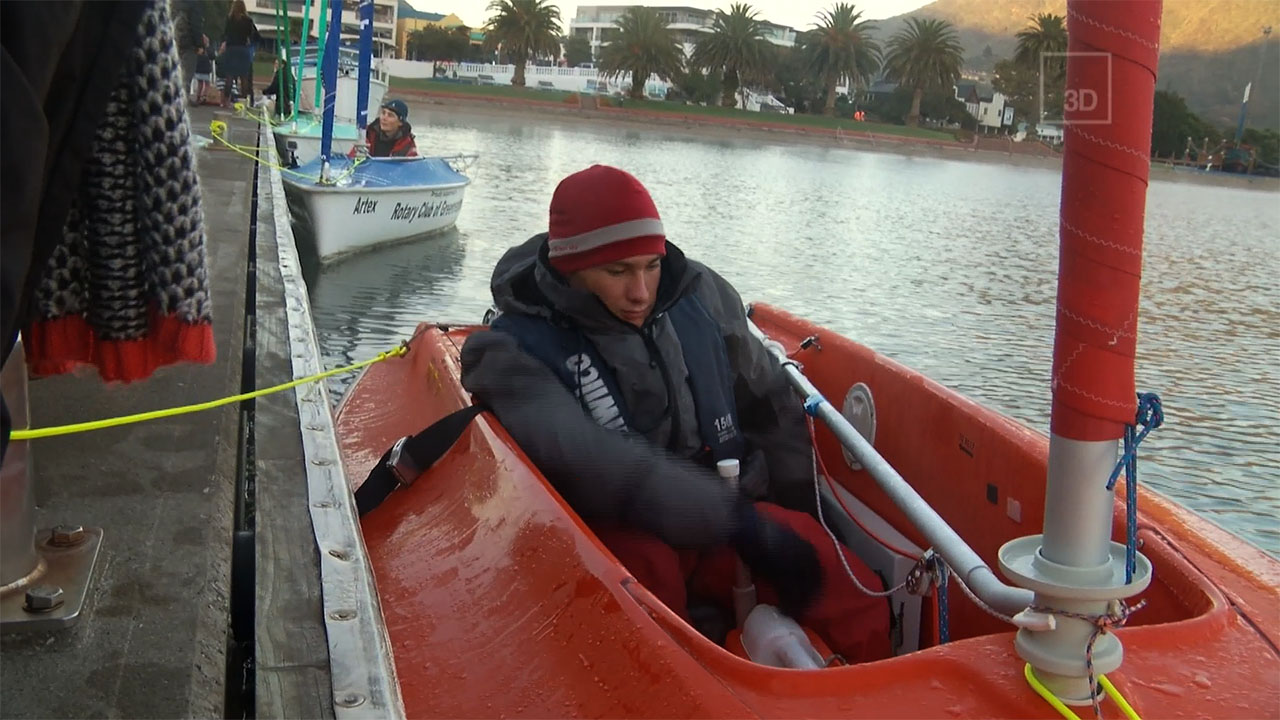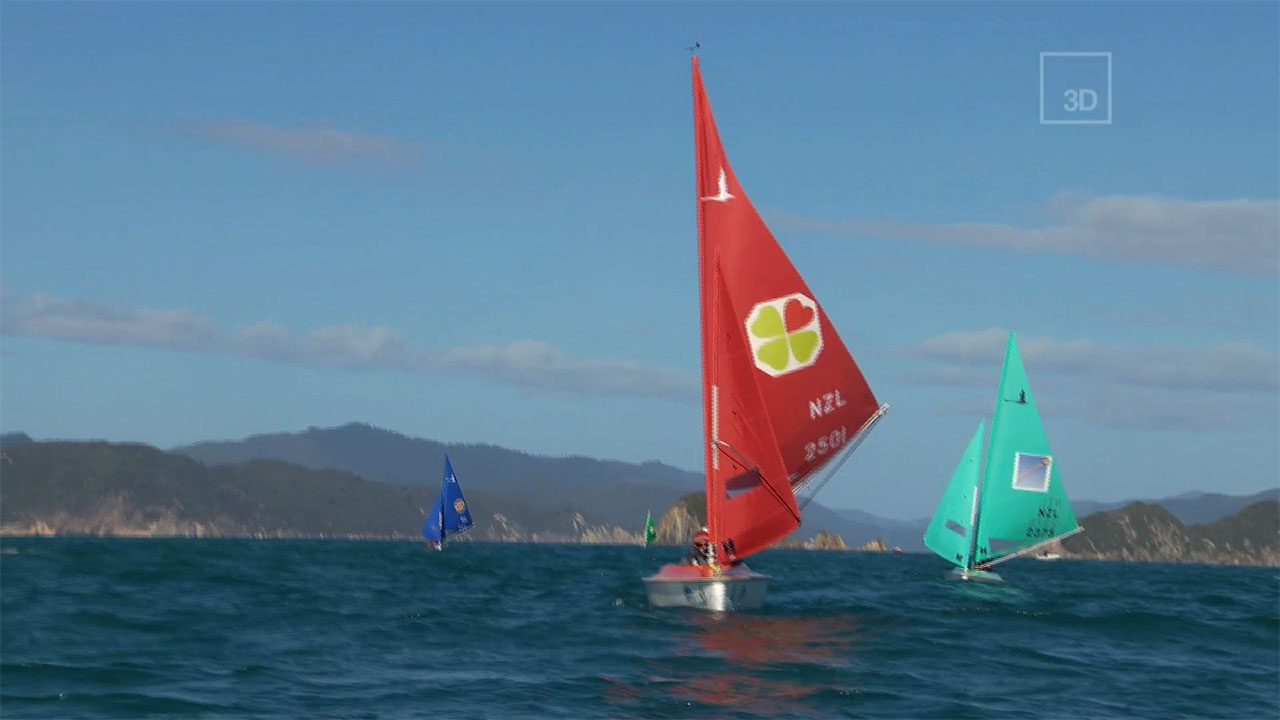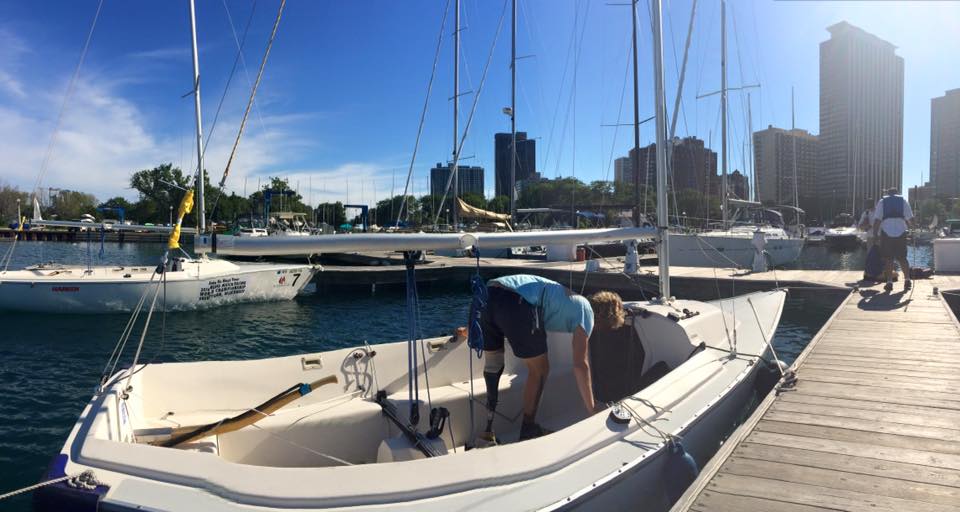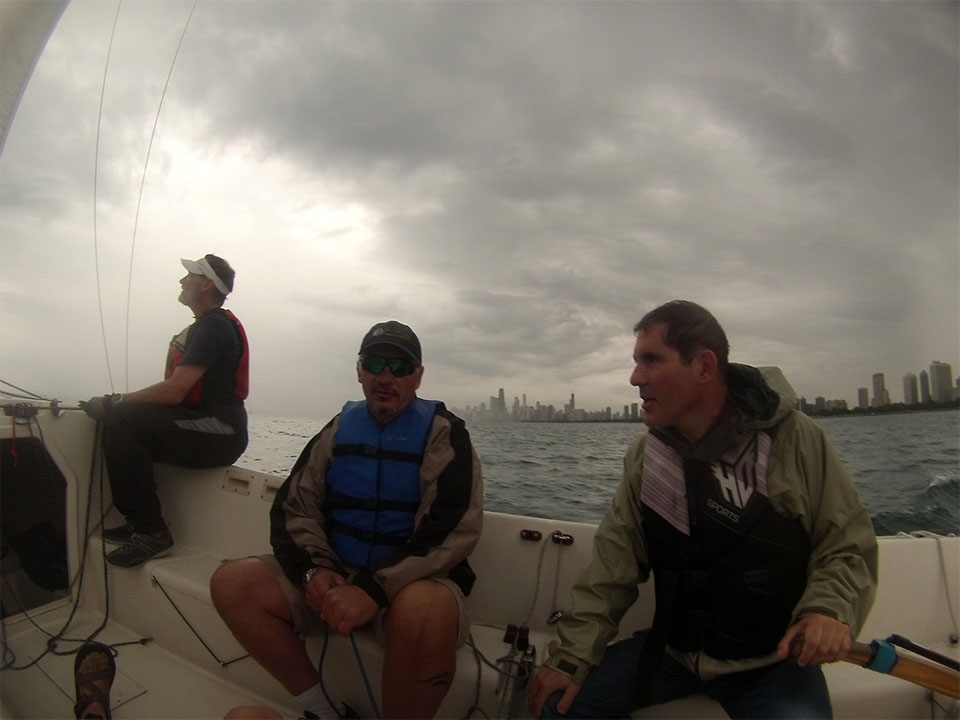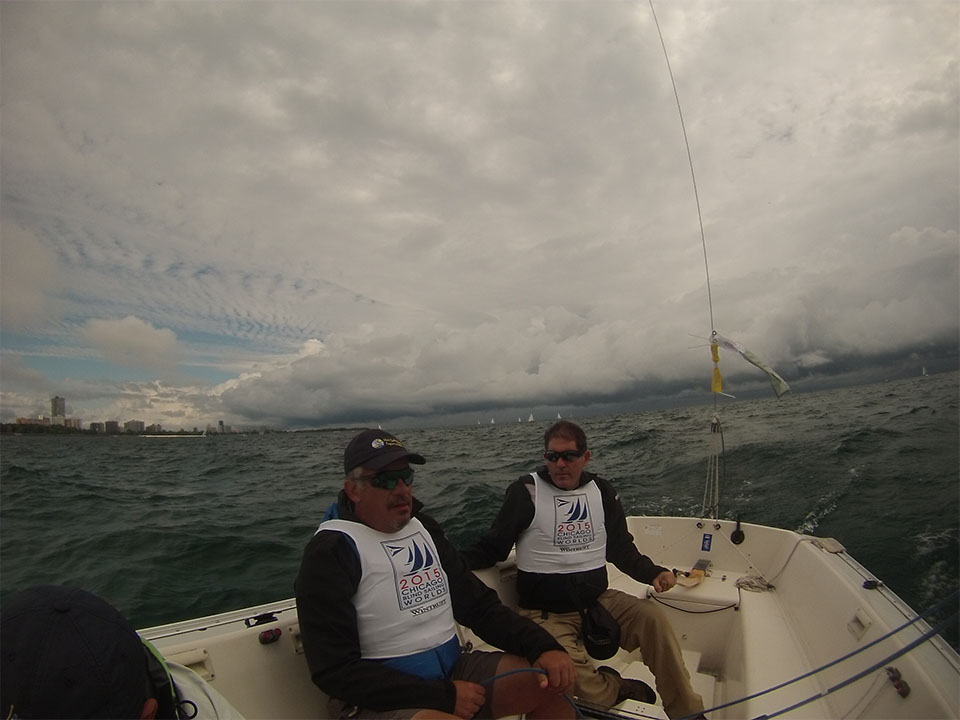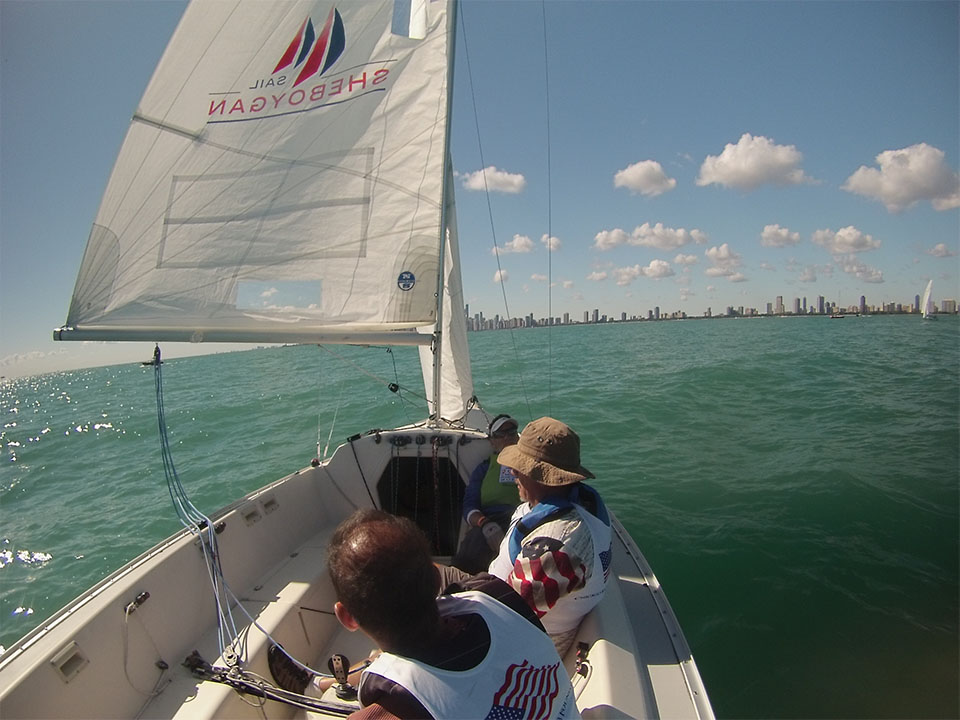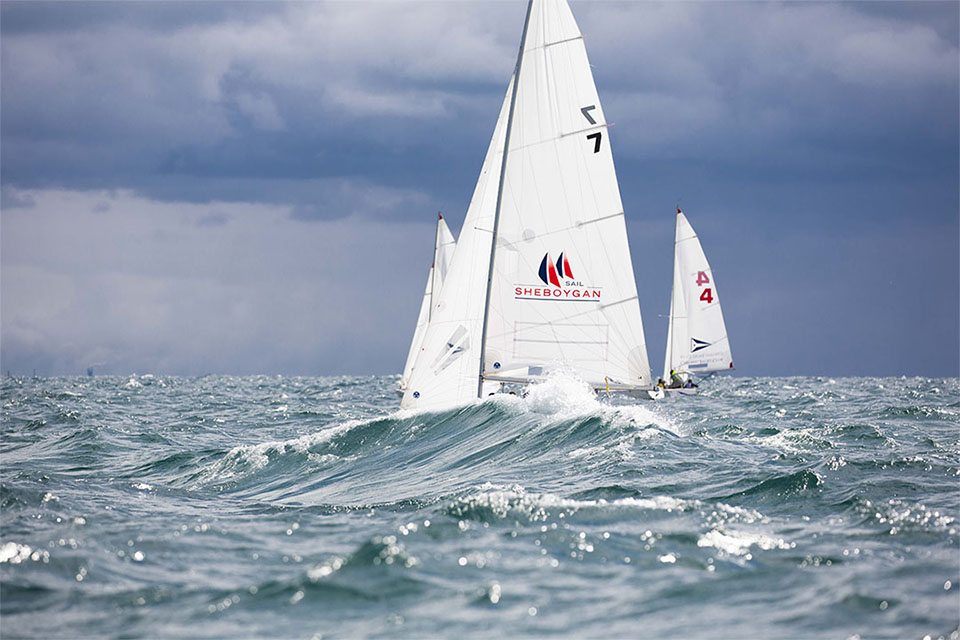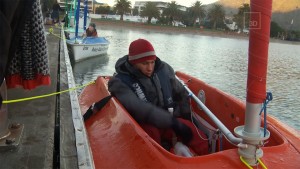
I want to tell you about one of the people I met while filming the Blue leg of The Palette Project. Otis Horne has Spina Bifida and has been in a wheelchair for most of his life. What I like most about Otis, though, is that this is the least interesting fact about him.
Otis began sailing when he was 12 years old, and his passion is solo sailing. Sailing as part of a fleet of four solo sailors, he successfully completed an 11 hour crossing of the cook Strait, one of the most dangerous bodies of water in the world. the Cook Strait separates the north and south islands of New Zealand, and is routinely buffeted by winds of forty knots and swells that often stop ferries from crossing.
When I met Otis earlier this year, I was so moved by his simple, one word explanation to the question, “why are you taking these chances and trying to make this journey?” His answer… “freedom.” It was instantaneous and heartfelt, and it’s what The Palette Project is all about. Otis is heading to college soon, and he wants to earn a degree that will help him bring the benefits of sport to men, women and children facing physical and cognitive challenges in their lives.
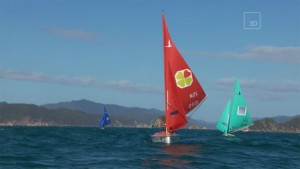
I’d like you to join me in voting for Otis’ nomination for the Attitude Alive “Courage in Sport” award. He is such a fine example of what ability and accomplishment are all about, and your vote can help put him over the top.
Update: February 2016
I’m so happy to report that Otis won the voting for this achievement award!. A big thank you to everyone who participated.
